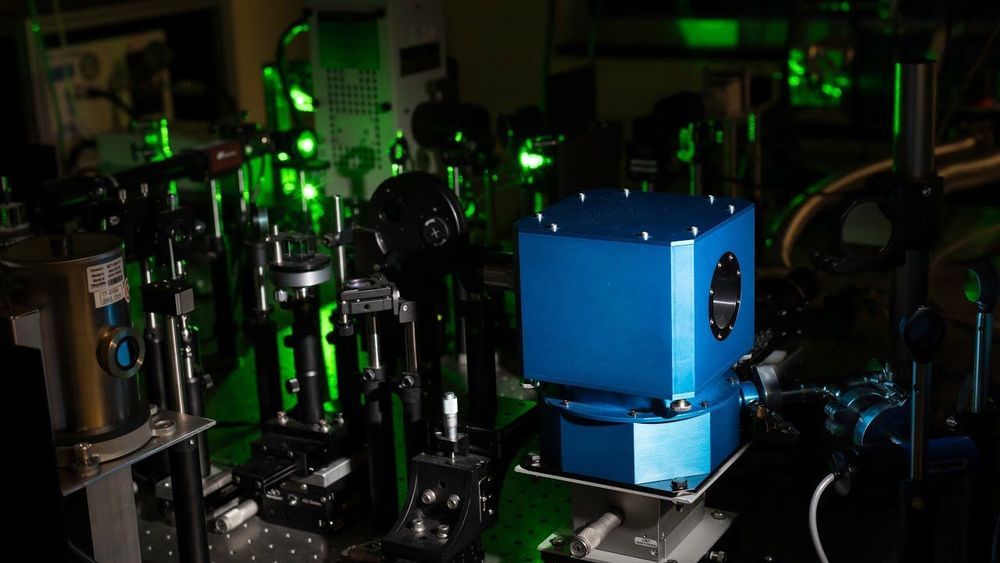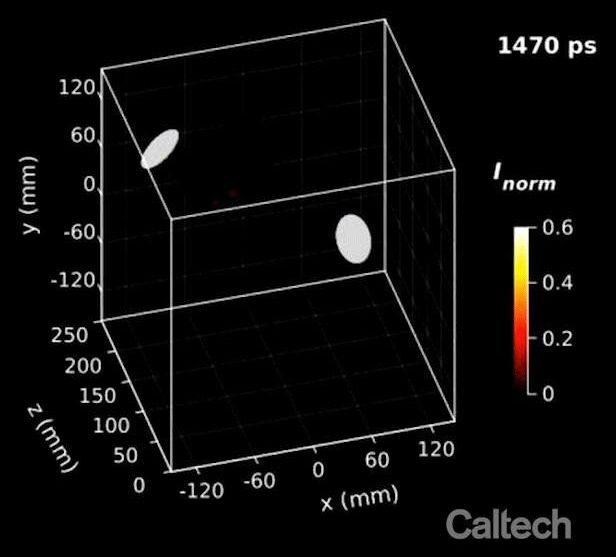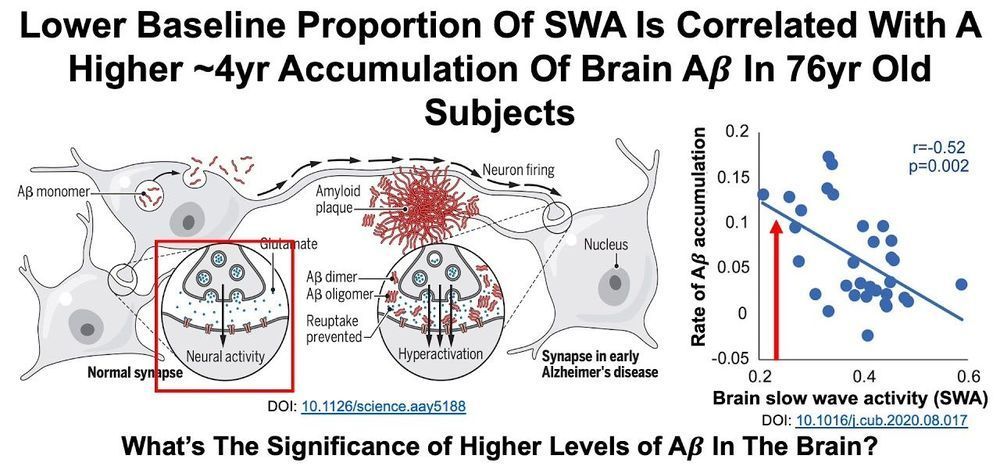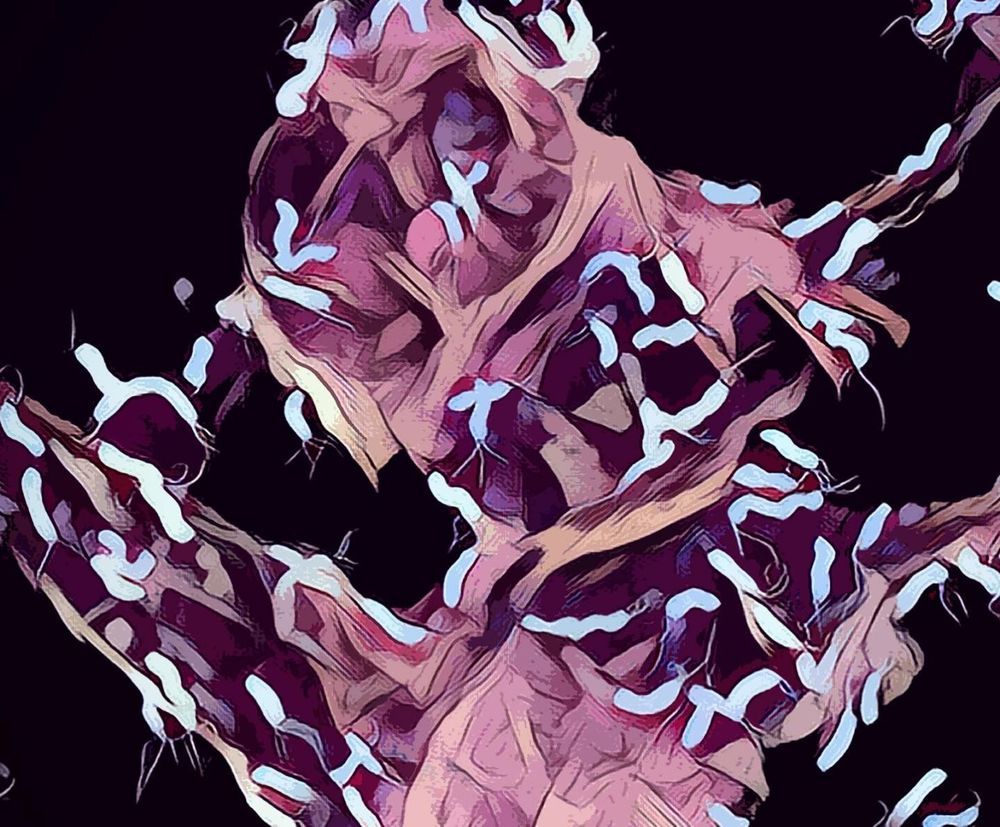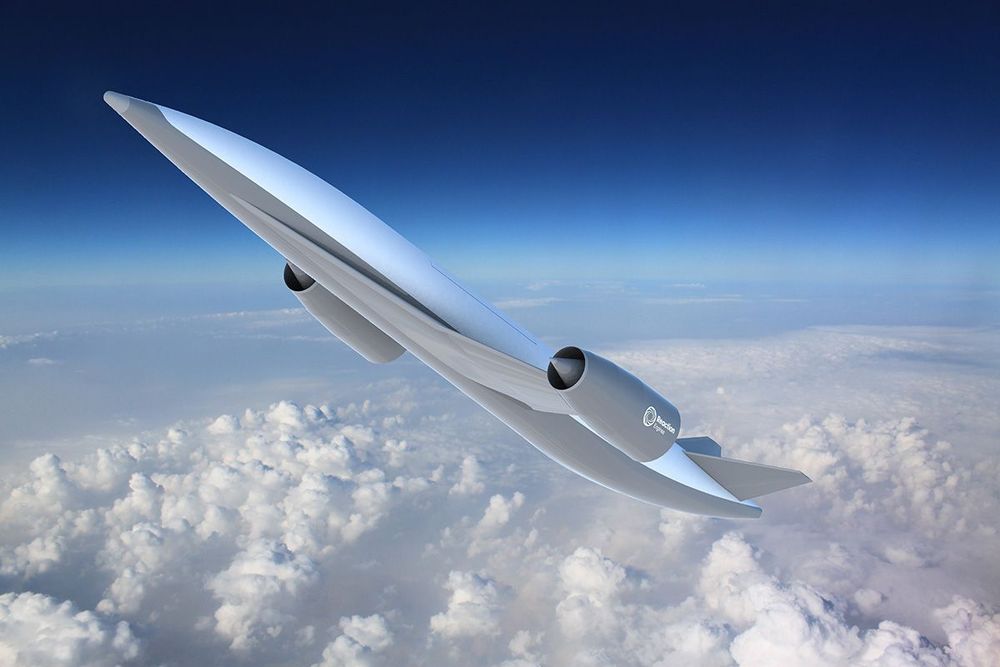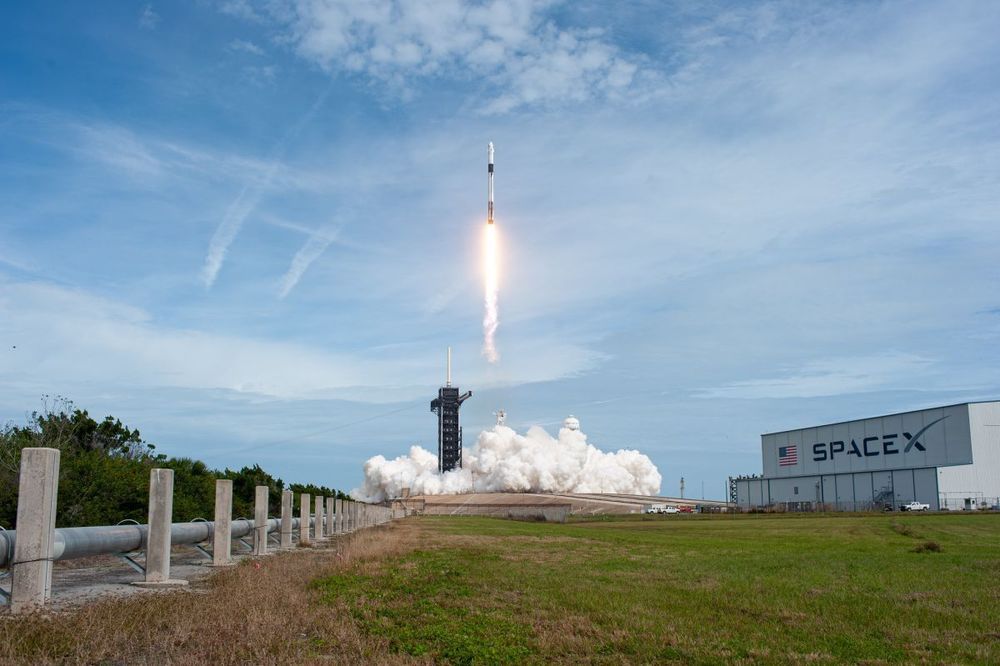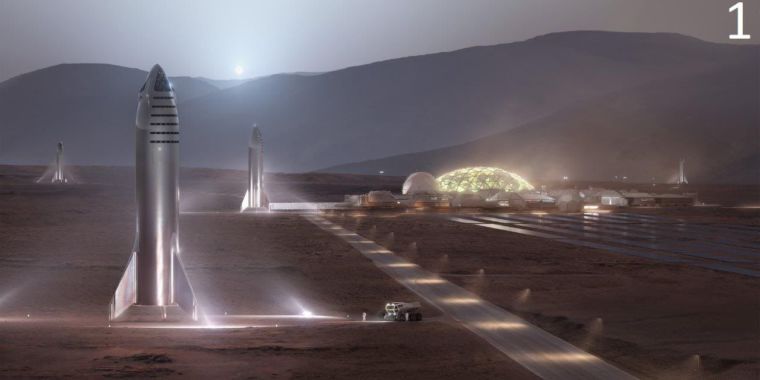
NASA has reached an agreement with 14 US companies to develop technologies that will enable future modes of exploration in space and on the surface of the Moon. NASA says the value of these awards for “Tipping Point” technologies is more than $370 million.
With these awards, the space agency is leaning heavily into technologies related to the collection, storage, and transfer of cryogenic propellants in space. Four of the awards, totaling more than $250 million, will go to companies specifically for “cryogenic fluid management” tech demonstrations:
Eta Space of Merritt Island, Florida, $27 million. Small-scale flight demonstration of a complete cryogenic oxygen fluid management system. System will be the primary payload on a Rocket Lab Photon satellite and collect critical cryogenic fluid management data in orbit for nine months. Lockheed Martin of Littleton, Colorado, $89.7 million. In-space demonstration mission using liquid hydrogen to test more than a dozen cryogenic fluid management technologies, positioning them for infusion into future space systems. SpaceX of Hawthorne, California, $53.2 million. Large-scale flight demonstration to transfer 10 metric tons of cryogenic propellant, specifically liquid oxygen, between tanks on a Starship vehicle. United Launch Alliance (ULA) of Centennial, Colorado, $86.2 million. Demonstration of a smart propulsion cryogenic system, using liquid oxygen and hydrogen, on a Vulcan Centaur upper stage. The system will test precise tank-pressure control, tank-to-tank transfer, and multiweek propellant storage.

